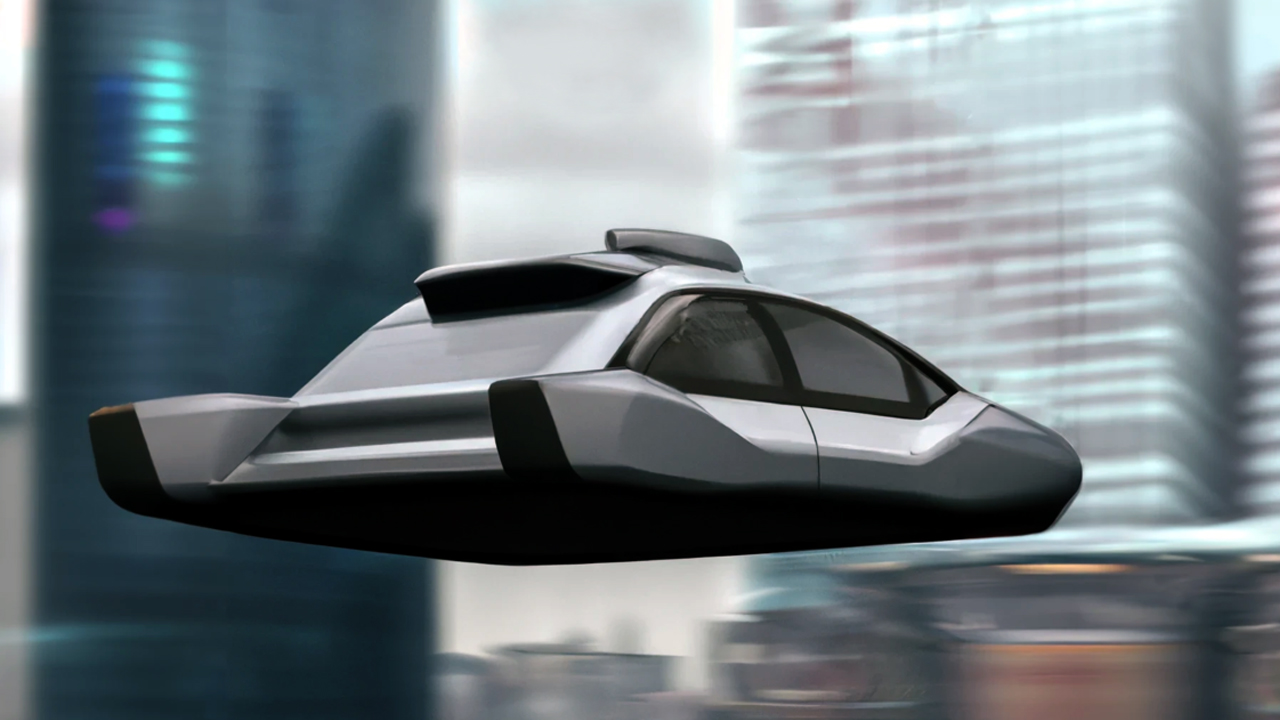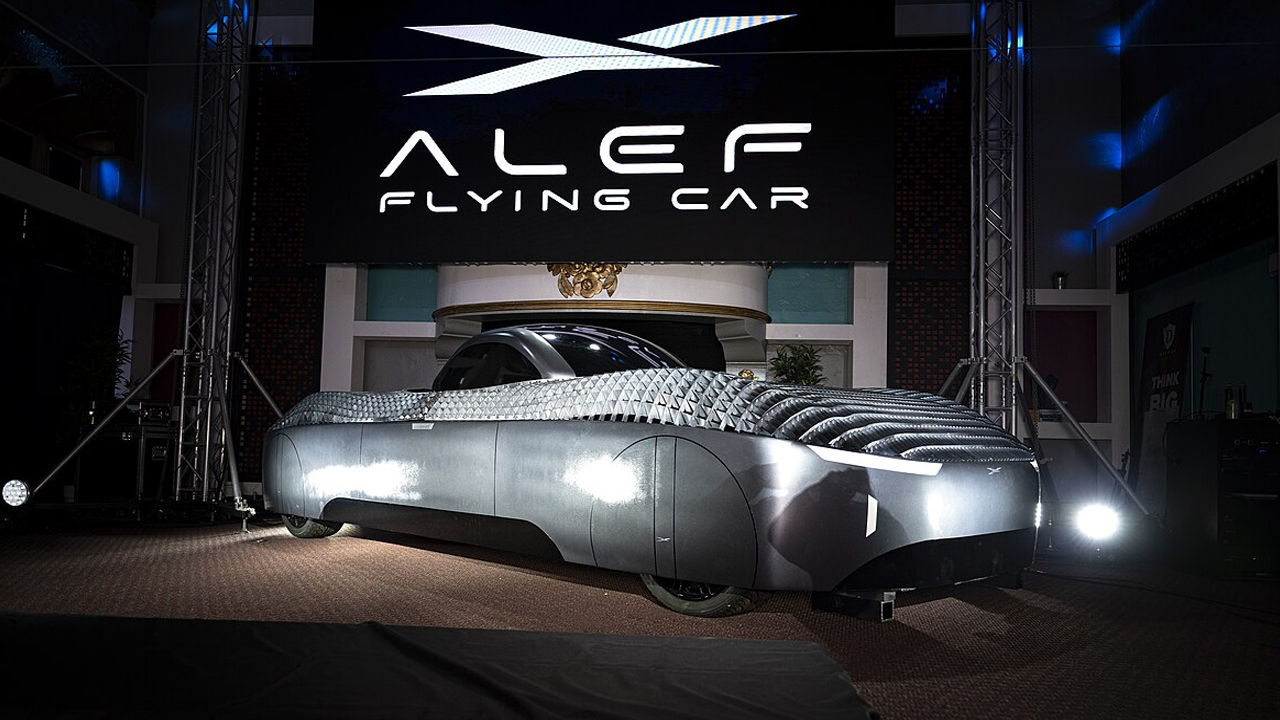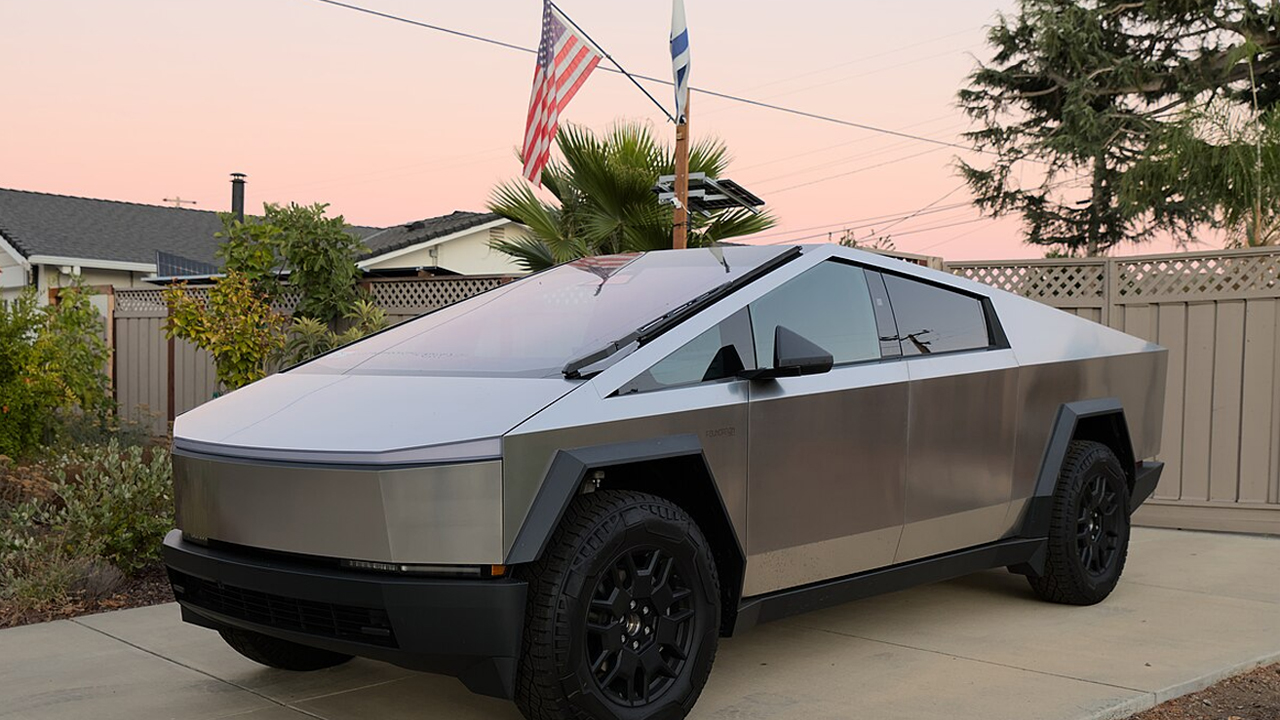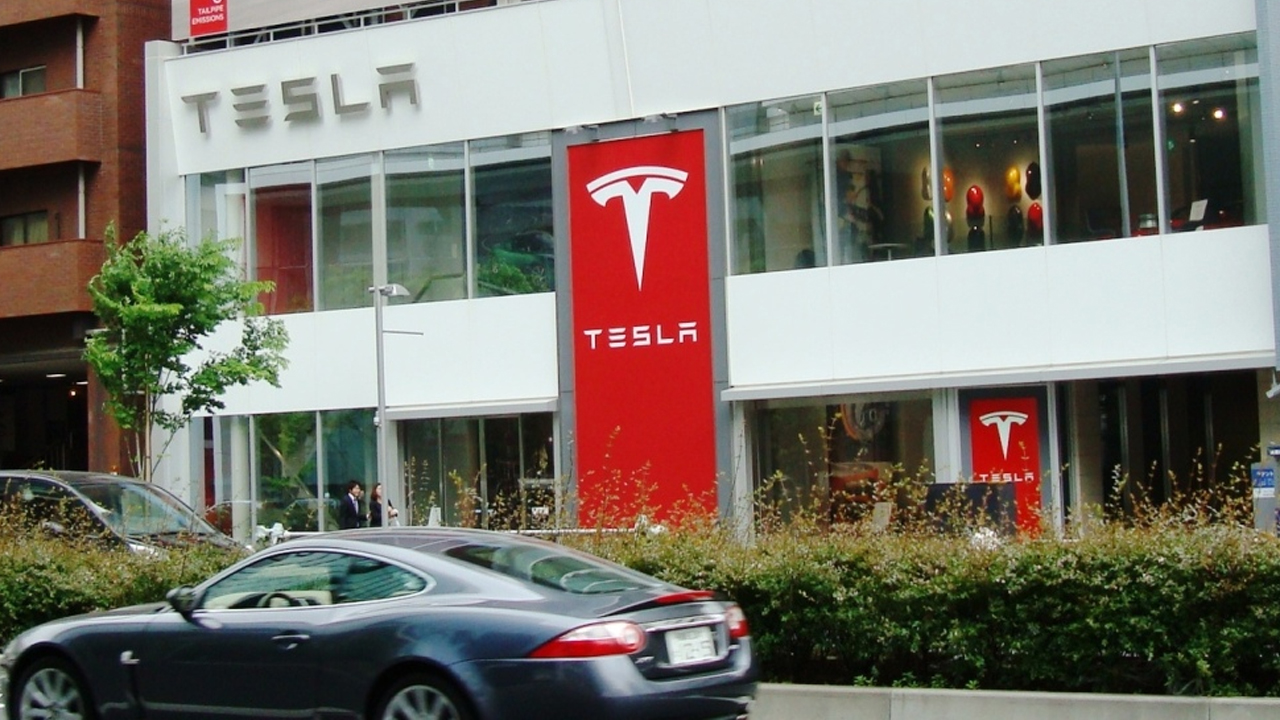Flying cars were supposed to be the future. We saw them in movies, cartoons, and every flashy prediction about the 21st century. And yet, here we are—still stuck in traffic, grounded by the same reality that’s been holding us back for decades. It’s not that flying cars are impossible. In fact, they’re already being built. Some even fly. But there are real reasons why they haven’t taken off in the real world yet—especially when it comes to making them electric.
It’s not about a lack of vision. It’s about the roadblocks that hit hard when you try to scale this tech safely, affordably, and legally. Here’s what’s actually in the way.
Battery Tech Is Still Catching Up

Electric flying cars need a ridiculous amount of energy just to stay in the air. The problem is, today’s batteries can’t pull it off—not efficiently, and definitely not for long. They’re too heavy and don’t hold enough charge for extended flight. Alef’s Model A, for example, only goes about 110 miles in the air and carries one person. That’s barely enough range for most commutes, let alone anything practical for cities.
Flight drains power fast, and that means batteries wear down quicker, too. We’re slowly getting closer with things like solid-state tech, but nothing mass-producible yet. Until battery density improves, these vehicles will stay expensive, short-range, and stuck in the “cool demo” phase. (Source: Popular Mechanics)
Infrastructure Isn’t Ready

Flying cars can’t just float out of parking lots. They need space to launch, land, and recharge. Right now, we don’t have nearly enough vertiports, rooftop pads, or dedicated charging stations to support them. The electrical grid isn’t built for it either. If cities can’t even keep up with EV demand, layering in flying vehicles would stretch power and space even thinner.
Add to that air traffic concerns, zoning laws, and NIMBY backlash, and you’re looking at years of slow planning before these things get any real foothold. Until that groundwork exists, they’ll stay on the sidelines. (Source: Frontiers in Built Environment)
Regulations Are a Work in Progress

Even if the tech was ready tomorrow, flying cars wouldn’t be allowed to just take off. The FAA is still figuring out how to classify these things. Most require a special pilot’s license, which means the average person won’t be flying one anytime soon. And since they fall into a weird middle ground between planes and cars, no one’s fully agreed on how to regulate them.
That includes who can fly, where they can fly, and how to handle emergencies mid-air. Until governments build a legal framework that makes sense, flying cars will keep running into red tape. (Source: Popular Mechanics)
Safety and Public Trust Are Major Hurdles

The idea of a flying car sounds cool—until one crashes into a building. Safety is the biggest mental barrier, and it’s not just about the people flying them. It’s about everyone underneath. One small malfunction could turn into a serious disaster, and that kind of risk isn’t something the public—or regulators—takes lightly.
Noise is another factor. Even electric models still generate a lot of sound during vertical takeoff. Until manufacturers can prove these vehicles are safe, quiet, and reliable in real-world conditions, most people won’t want them buzzing around their neighborhoods. (Source: Center for American Progress)
Cost and Accessibility Are Still Barriers
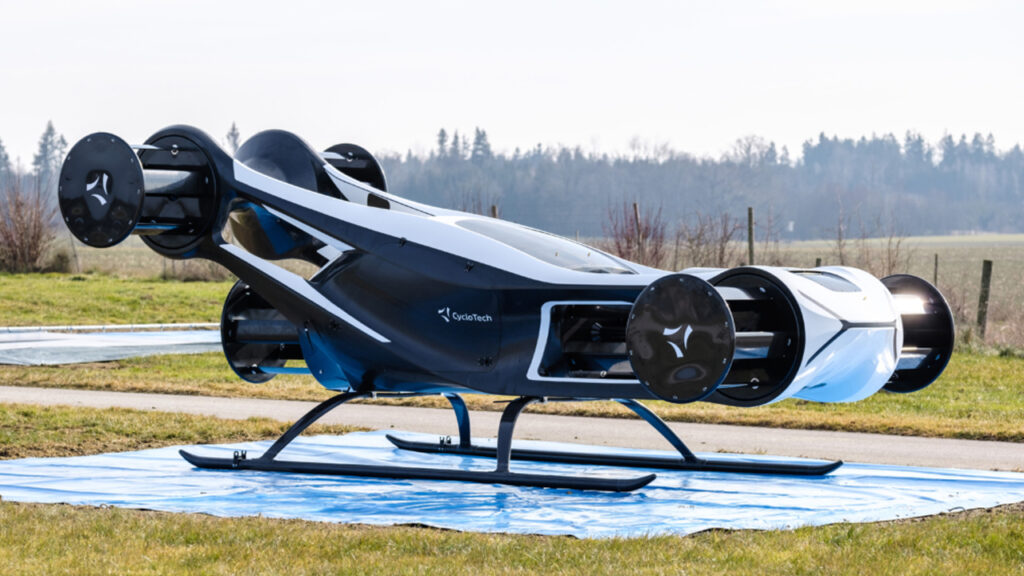
Right now, flying cars are built for the rich. Getting one isn’t just about the vehicle—it’s about the training, maintenance, storage, insurance, and licensing that go with it. A private pilot’s license alone can run you $10,000 to $20,000. And the vehicles themselves are easily in the six-figure range.
There’s no mass production yet, so prices stay high. And with no real infrastructure or user base, there’s no reason for those costs to drop anytime soon. Until flying cars become something more than a luxury flex, they won’t change how people actually get around. (Source: Popular Mechanics)

